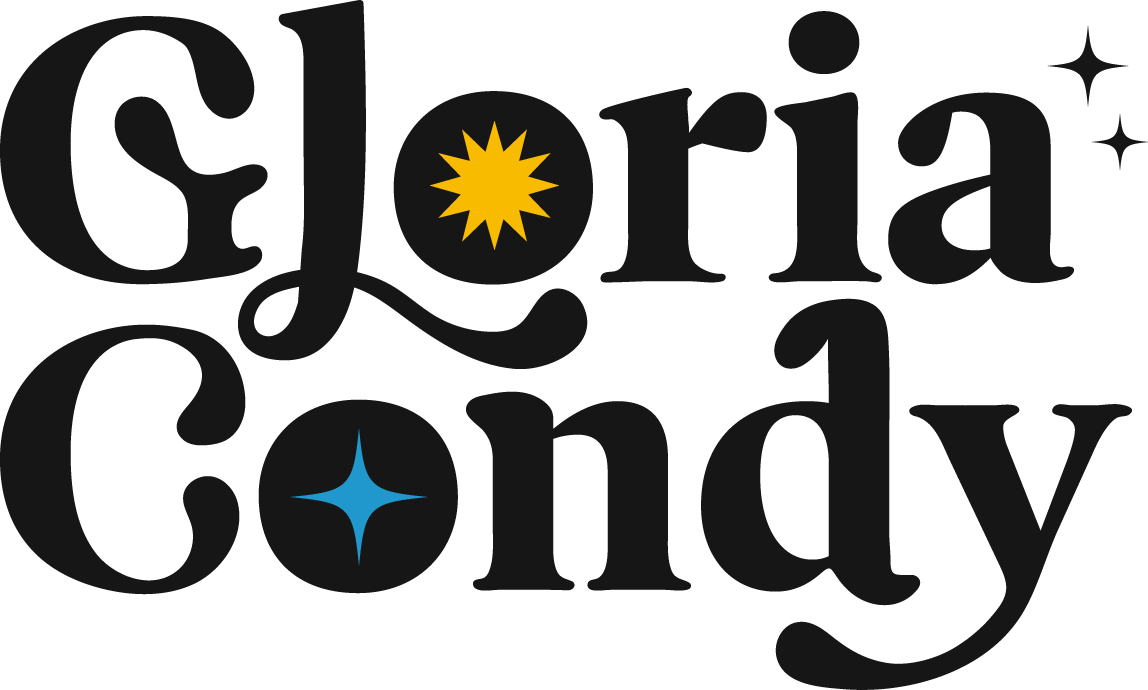What is Brand Strategy & Creative Design and Why is it Important?
In the intricate world of design, I find solace in having a strategy, a roadmap to follow. Call it a quirk, but having a rationale for every decision instills confidence in my choices. This also happens to be the essence of brand strategy and creative direction. In this phase, we transition from research to decisive action, where the client's vision starts taking tangible form.
In this Blog Post
Decision time is crucial. It's about laying the bricks, ensuring the client not only sees your capability but understands that you comprehend their needs, often before they do. Alignment is key—being on the same page.
We’ll dissect the components of a winning brand strategy, the client's expectations, why brand strategy and creative direction matter, and how to effectively communicate this information to your client.
What is Brand Strategy?
Brand strategy is the brand's long-term plan—a roadmap outlining current positioning, desired identity, purpose, target audience, values, tone of voice, mission, vision, goals, problems, and a thorough competitor analysis. It's the backbone guiding future design decisions.
What is Creative Direction?
Creative direction is the face of the brand. It's the outcome of rationale—a visual representation of decisions made. If brand strategy is the rationale, creative direction is the execution. It manifests in every touchpoint—marketing campaigns, posters, advertisements—creating a cohesive and enduring brand system.
The Importance of Brand Strategy and Creative Direction
Without these, a business may seem lost. As Branding Strategy Insider puts it, "when there is no true brand strategy, the final goal for the brand remains unknown." Design is not just an identity; it's a system—a compass for the company's journey.
How to Define Brand Strategy:
Your brand strategy should include:
Brand Story
Brand Purpose
Brand Words
Values
Tone of Voice
Mission Statement
Brand Vision
Goals
Target Audience
Problems
Competitor Analysis
How to Collect this Information:
Utilize client questionnaires, calls, and previously gathered research. Hold a strategy session with the client for any additional insights.
How to Define Creative Direction:
Craft a creative direction document with:
Overview
Goals
Moodboard Options
Typography
Logo
Packaging Design
Images
Colour
References
Combine gathered information with your personal style and choices. Remember - your uniqueness is what drew the client to you in the first place!
Communication is an art - sending this to the client:
Present the information with a well-crafted document accompanied by a recording or a voice memo. Optimal engagement lies in scheduling a call for instant feedback, fostering a dynamic exchange that aids in seamless alterations and clarification.
Final takeaway:
Empathy becomes the cornerstone. As a designer, stepping into the client's shoes fosters a profound understanding. When presenting, it's not just about delivering information; it's about storytelling—a journey with a beginning, middle, and end.
As we tread the intricate path of design, remember, it's not merely about creating visuals; it's about crafting a narrative—a story that resonates and endures. Subscribe for more insights, follow on Instagram for visual delights, and until our creative paths cross again, happy designing!
